Boards and Processor modules
The HomeDing library can be used with Boards and Processor modules using the the ESP8266 and ESP32 chips from Espressif. In this overview some boards and devices can be found that are supported by the HomeDing library.
On the market you find a lot of solutions like bare chip adapters, development boards, IoT devices off-the-shelf and even complete kits that use these chips.
Here you find some common species and bare processors described in detail that you may consider to use including hints for configuration and programming.
DIY development boards
The NodeMCU boards for ESP8266 and the DevKit Boards for ESP32, ESP32-C3 and ESP32-S3
There are good options to start a DIY project with breadboard friendly boards. You can find these in the Arduino Store, at resellers and eBay :

Arduino Nano ESP32
This board is an official Arduino board with the ESP32-S3 chip
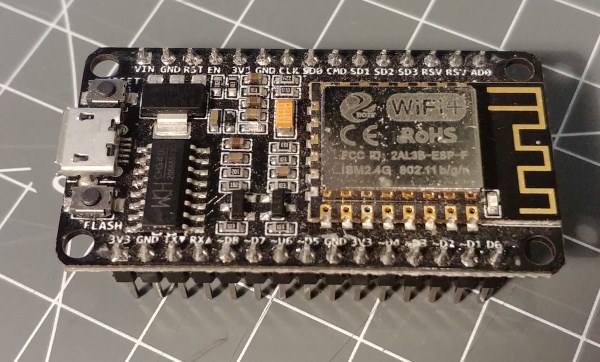
ESP8266 NodeMCU development boards
The NodeMCU boards are one of the most common development boards using ESP8266 modules. They offer an easy start into the ESP8266 development as they have all you need for programming, offer 4MByte flash memory and a LED on-board.

ESP32 DevKit Boards
The ESP32 DevKit Boards come in various formats and sizes with WROOM modules and USB adapter. They are supported by the HomeDing library.
Using pre-build panels that combine processor, memory and display in a single board. There are several Elements available to display information and interact with touch displays.

ESP32S3 SC01 Plus Panel
This touch display panel with a 320 * 480 LCD display based on a ESP32-S3 processor. This panel is supported by the HomeDing BigDisplay Example.
The ESP8266 development board descriptions, hints and more references can be found at https://arduino-esp8266.readthedocs.io/en/latest/boards.html.
ESP32 boards from espressif :https://www.espressif.com/en/products/devkits
In the Repository of Tasmota Supported Devices at https://templates.blakadder.com/ many off-the-shell devices can be identified using a espressif processor.
ESP8266 boards
The HomeDing library is compatible to the Arduino environment using the ESP8266 board package. Most boards offer 4 MByte flash memory. Some boards and devices with less flash memory are supported as well. See below.
Specific to ESP8266 are the following features:
-
The MY9291 Element only works with ESP8266 by the used library.
-
The standard example can be flashed onto these boards by providing most of the elements and display adapters.
-
The web interface is working out of the box by using 1MByte of the flash memory and includes the Web UI, IDE features and logging capabilities.
-
These devices are used for
always-onscenarios to provide the webserver functionality. Using a battery based power source will only result in a short lifetime maybe a few hours or days. -
These devices have enough flash capacity to be updated over the network by using the OTA method.

ESP8266 NodeMCU development boards
The NodeMCU boards are one of the most common development boards using ESP8266 modules. They offer an easy start into the ESP8266 development as they have all you need for programming, offer 4MByte flash memory and a LED on-board.
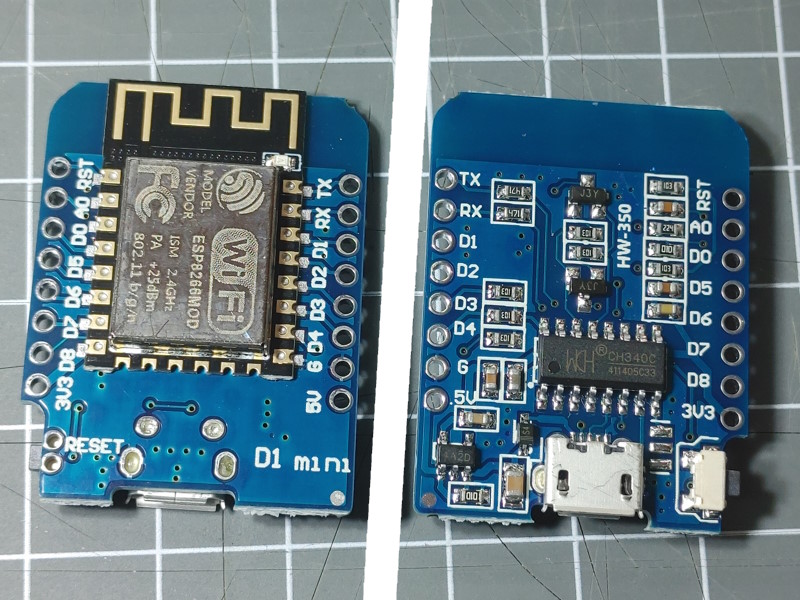
D1 Mini Boards (ESP8266 and ESP32)
There are many different mini boards available with differend ESP processors that share the same form factor and connector pin assignments.
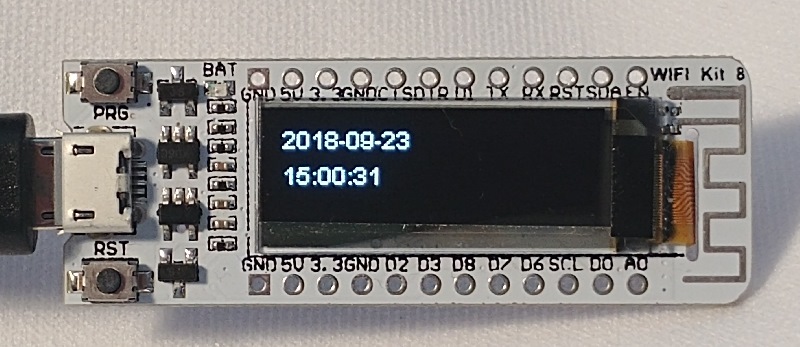
Wifi Kit 8 Module ESP8266 with OLED
The Wifi Kit 8 Module ESP8266 with OLED is a ESP8266 with 4k Flash, OLED display and Li-Polymer battery support. It has a slim size and fits well on breadboards.
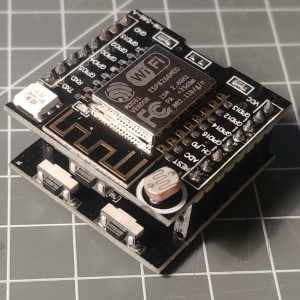
Witty-Board
The Witty board offers a ESP8266-12F solution with a RGB LED, a LDR sensor and an input button. It can be used on a breadboard.
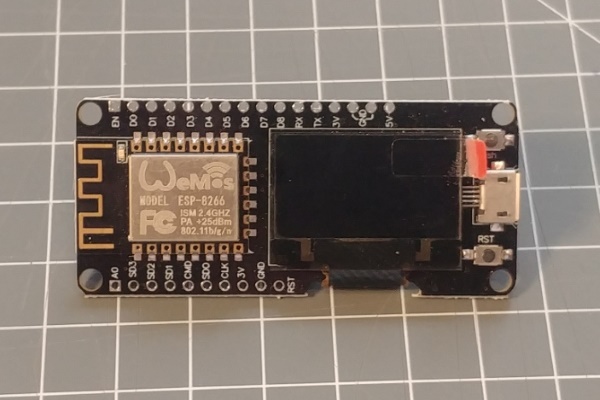
Board Review ESP8266 with OLED
This WeMos labeled board has a OLED display using the SSD1306 chip on a ESP-12E module based ESP8266 board.
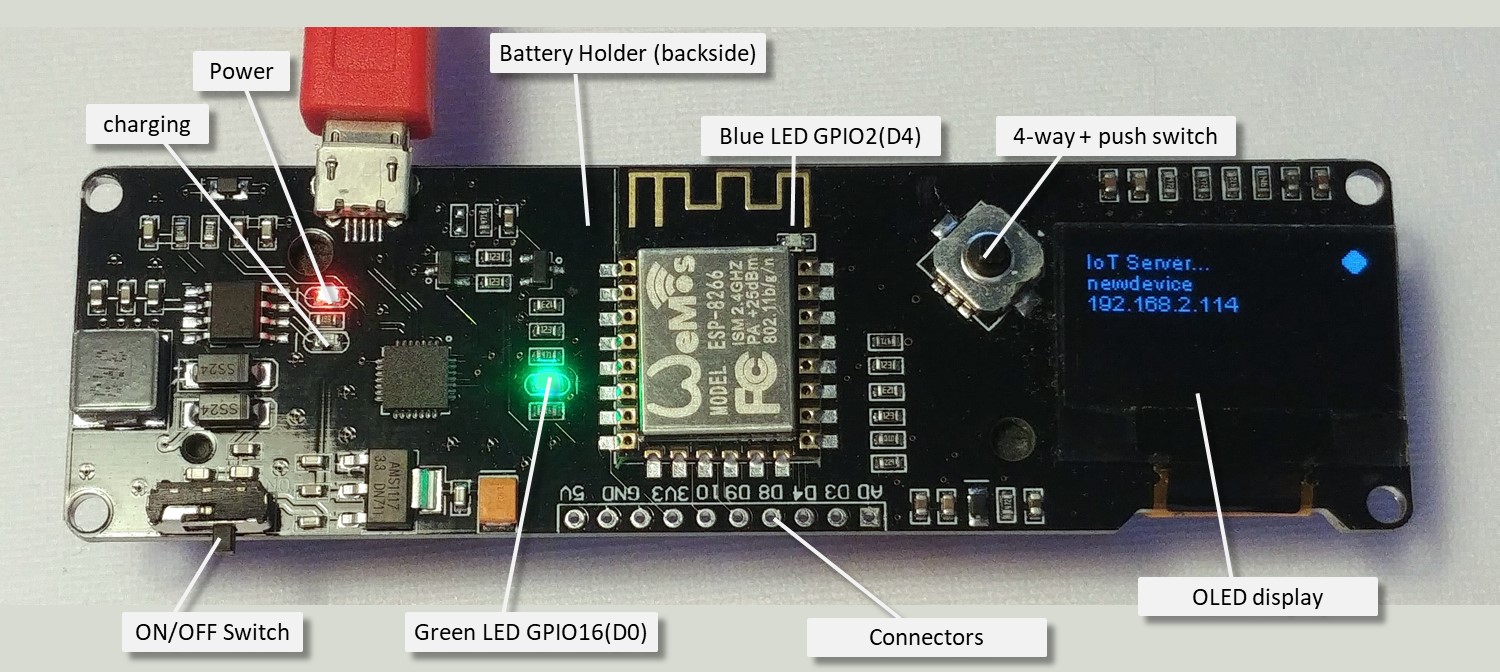
WeMos ESP8266 board with OLED and 18650
This board from WeMos has a OLED display on a ESP-12E module based ESP8266 board with a joystick input, LiIon Battery support and on/off switch.
ESP32 boards
The HomeDing library is compatible to the ESP32 Arduino environment.
Specific to ESP32 are the following features:
- Usually there are no other names for the GPIO pins and GPIO numbers from the processor descriptions are used.
- An exception is the Arduino Nano ESP32 having printed pin numbers that differ from the GPIO numbers.
- The Touch Element allows using the ESP32 built-in touch features on the GPIO pins.
There are many options for starting with HomeDing with a ESP32 processor. There are official boards from espressif https://www.espressif.com/en/products/devkits but also other boards from other manufacurers.
Some boards have been tested:

ESP32 DevKit Boards
The ESP32 DevKit Boards come in various formats and sizes with WROOM modules and USB adapter. They are supported by the HomeDing library.
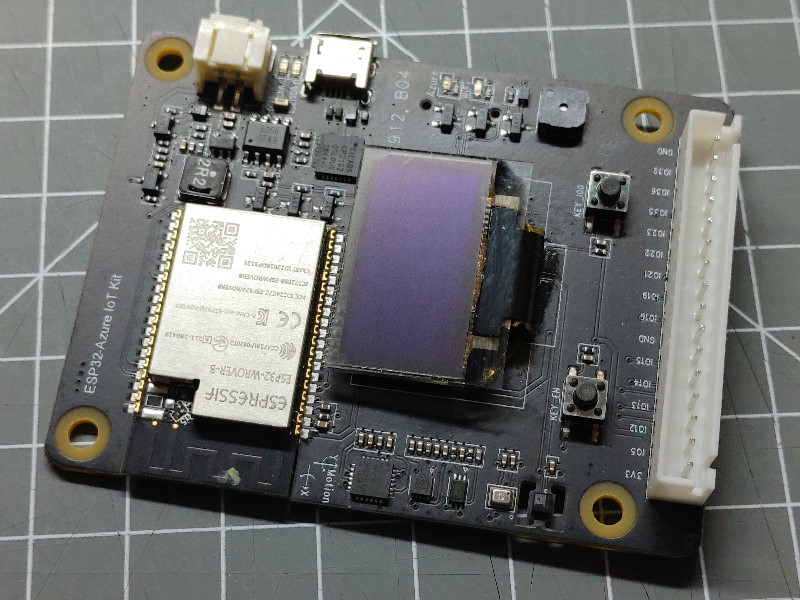
ESP32 Azure IoT Kit
This is a ESP32 based board based on ESP-WROVER-B module designed by espressif and Microsoft as a reference IoT Kit Azure. It is no more manufactured.
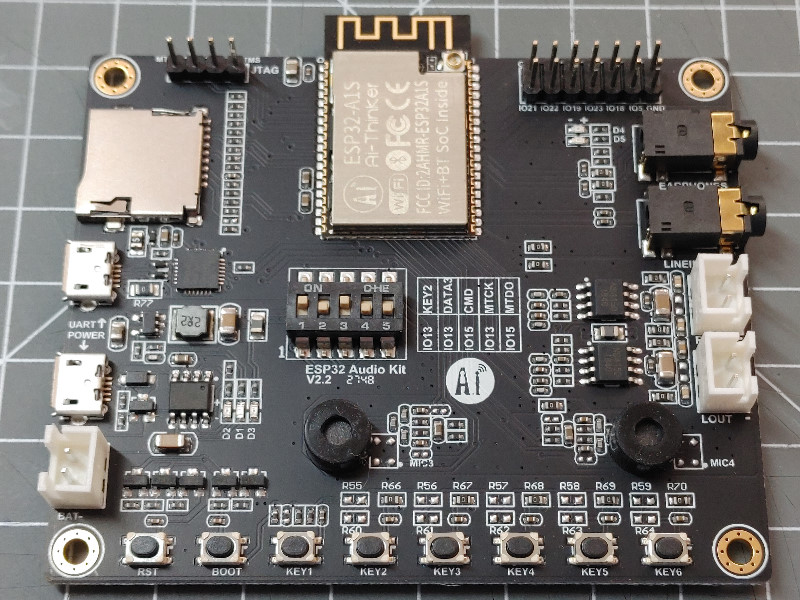
Ai-Thinker ESP32 Audio Kit
This is an ESP32 based board using the ESP-WROVER-B module supporting audio processing.

LilyGO TTGO T-Display
The LilyGO TTGO T-Display board offer an integrated TFT color display and a USB-C type connector.
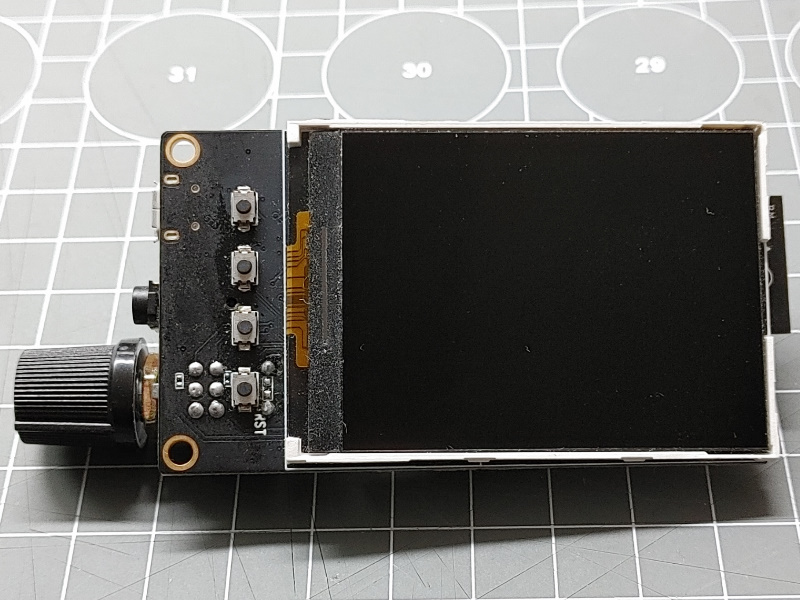
TTGO Gallery (T14)
The LilyGO TTGO Gallery (T14) board offers an integrated TFT color display, SD Card, 4 buttons and Audio DAC output with amplifier.
ESP32-S3 boards
The ESP32-S3 variant of the ESP32 is supported by the Arduino Framework and by the HomeDing library. There is an official Arduino Nano ESP32 board using this processor.
Some boards have been tested:

Arduino Nano ESP32
This board is an official Arduino board with the ESP32-S3 chip
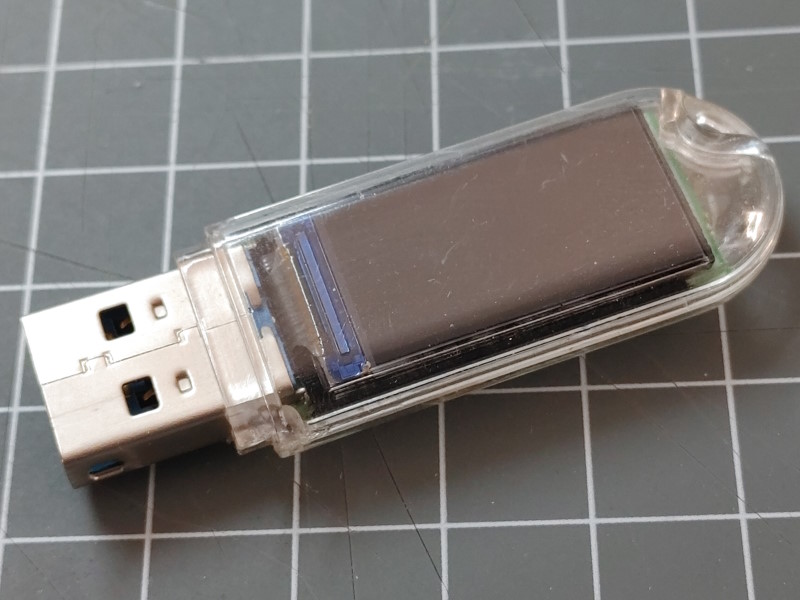
LilyGO T-Dongle S3
The LilyGO T-Dongle-S3 board has a USB stick layout including a TFT color display, a APA102 LED, a input button and SD card slot.
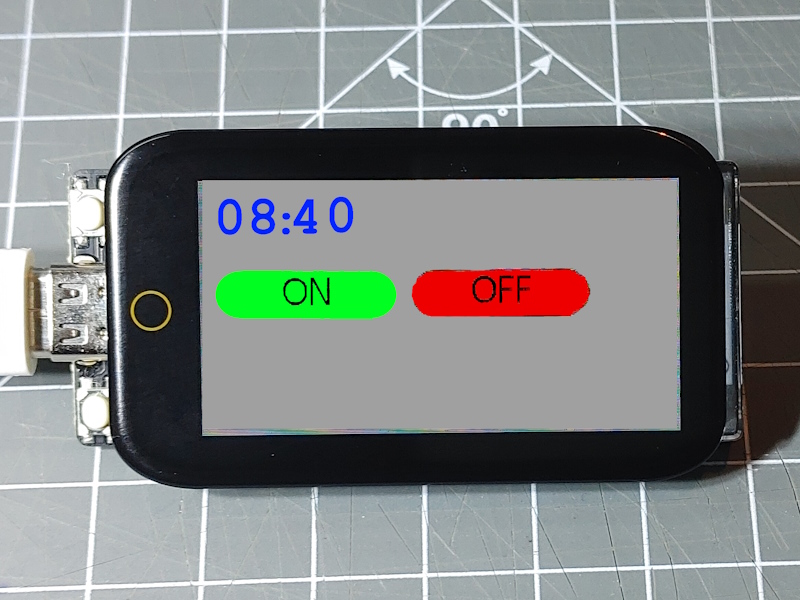
LilyGO T-Display-S3
The LilyGO T-Display-S3 board has an integrated TFT color display with optional capacitive touch and a USB-C type connector.
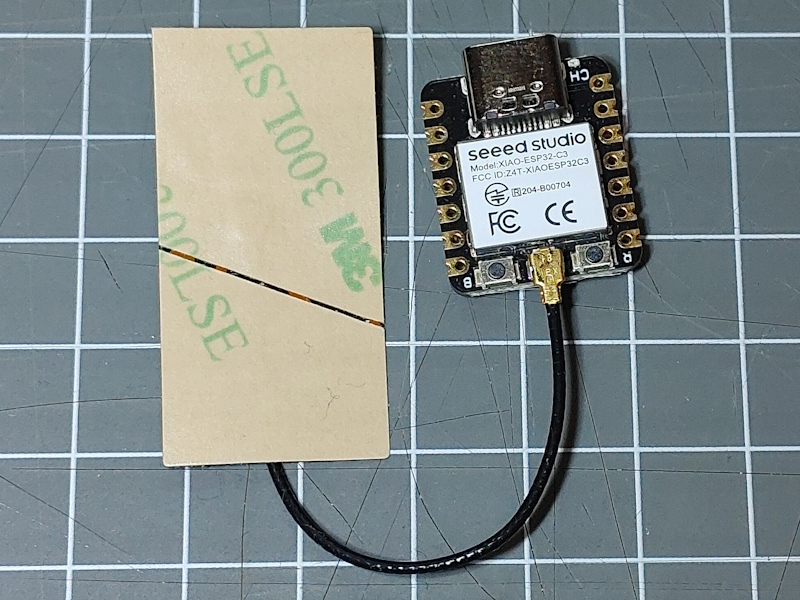
XIAO ESP32 S3
The XIAO ESP32 S3 is a thumb-size board with external antenna designed for low power consumption.

ESP32S3 SC01 Plus Panel
This touch display panel with a 320 * 480 LCD display based on a ESP32-S3 processor. This panel is supported by the HomeDing BigDisplay Example.
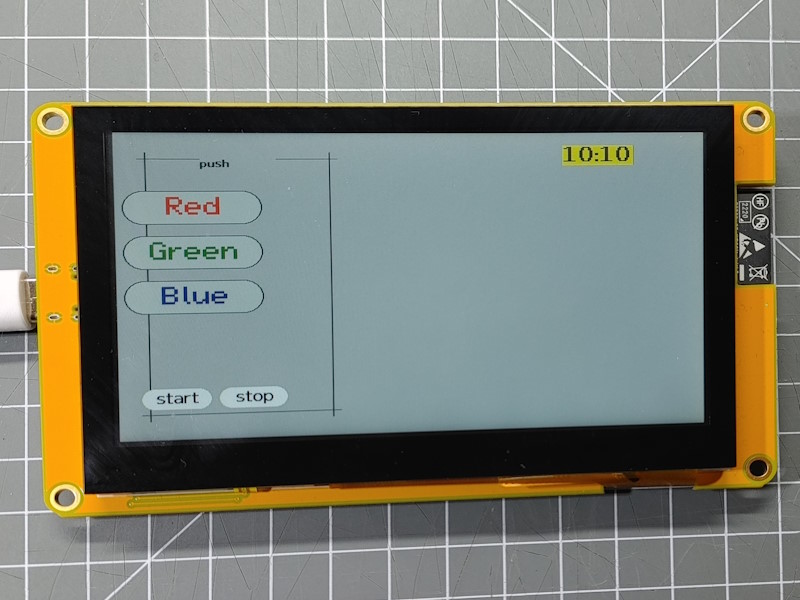
Panel ESP32-8048S043C
This is a bare panel device based on a ESP32-S3 processor with 16M Flash and 8M PSRAM Memory in combination with a 800*480px 16 bit color display and touch controller. This panel is supported by the [HomeDing BigDisplay Example]
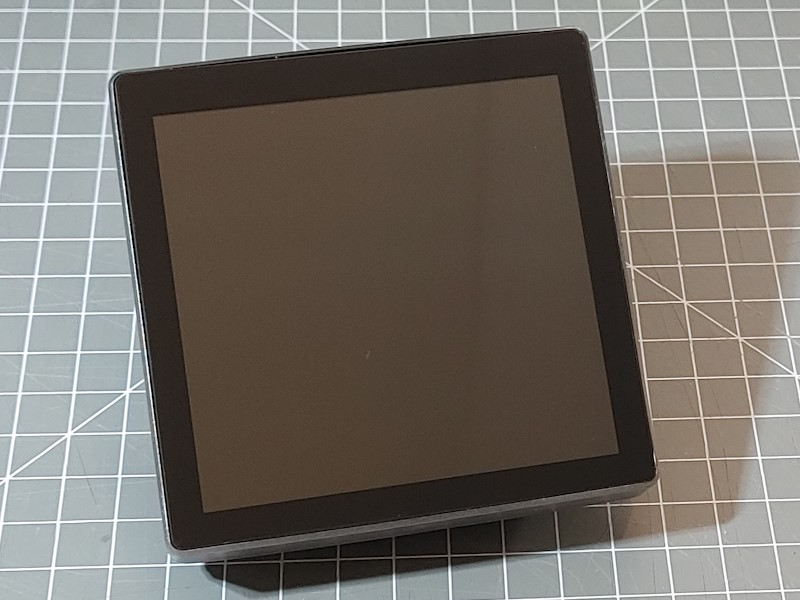
Panel ESP32-4848S040
This panel is a ready to used wall-mount device based on the ESP32-S3 processor supporting 16M Flash and 8M PSRAM Memory in combination with a 480px * 480px 16 bit color display and touch controller.
ESP32-C3 boards
The ESP32-C3 variant of the ESP32 is supported by the Arduino Framework and by the HomeDing library.
Some boards have been tested:

CORE-ESP32C3 development board
The CORE-ESP32 core board is based on Espressif ESP32-C3 SoC that fits good on a breadboard and has the option for a LCD + digital joystick shield on top. The ESP32-C3 variant is supported by the HomeDing library.

ESP32-C3 micro board with OLED display
This is very small board based on EPS32-C3 with an 0.42" onboard OLED display and a single NeoPixel.
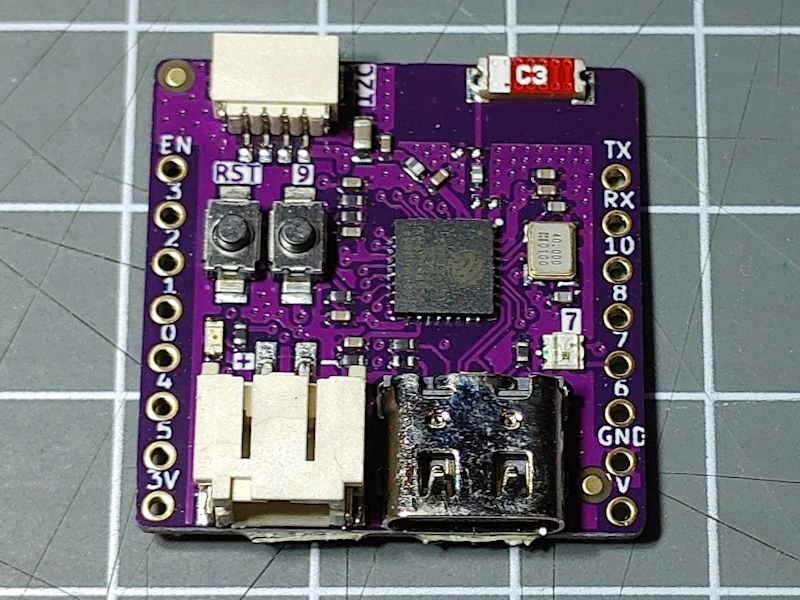
Board C3 pico
The C3 pico is a board compatible to the D1 Mini boards and shields using a ESP32-C3 processor and equipped with some special features like a RGB LED, I2C Port and LiPo charging.
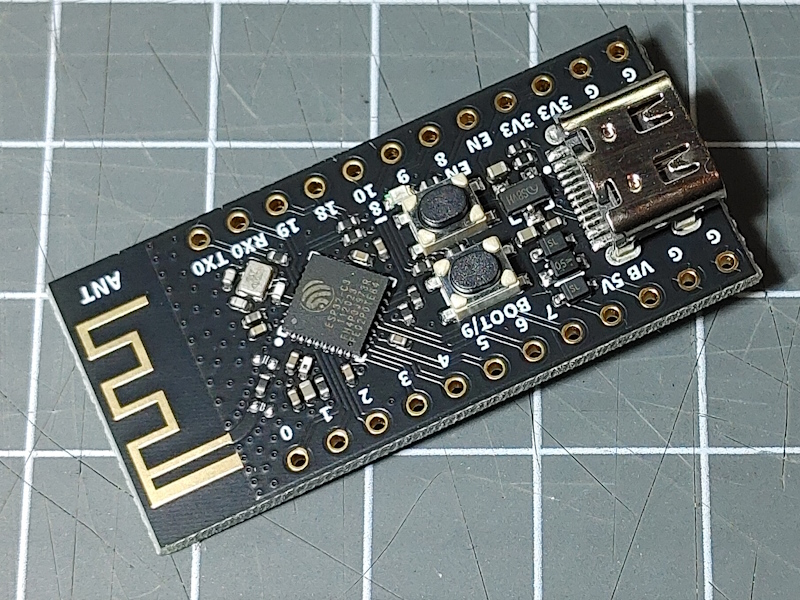
WeAct Studio ESP32-C3 Core
The WeAct Studio ESP32-C3 Core board offers breadboard compatible connectors and is a good for development purpose.

ESP32-C3 Super Mini
The ESP32-C3 Super Mini is a thumb-size board with integrated antenna .
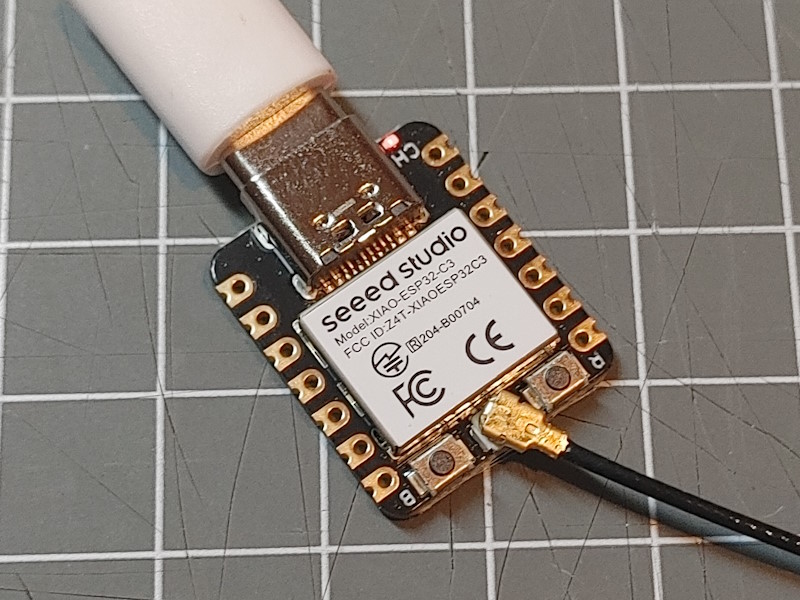
XIAO ESP32 C3
The XIAO ESP32 C3 is a thumb-size board with an I-PEX connector for an external antenna.

Spotpear ESP32C3 1.44 LCD
The Spotpear ESP32C3 1.44 LCD board combines a ESP32-C3 with a display and LIPO charging with a compact design.
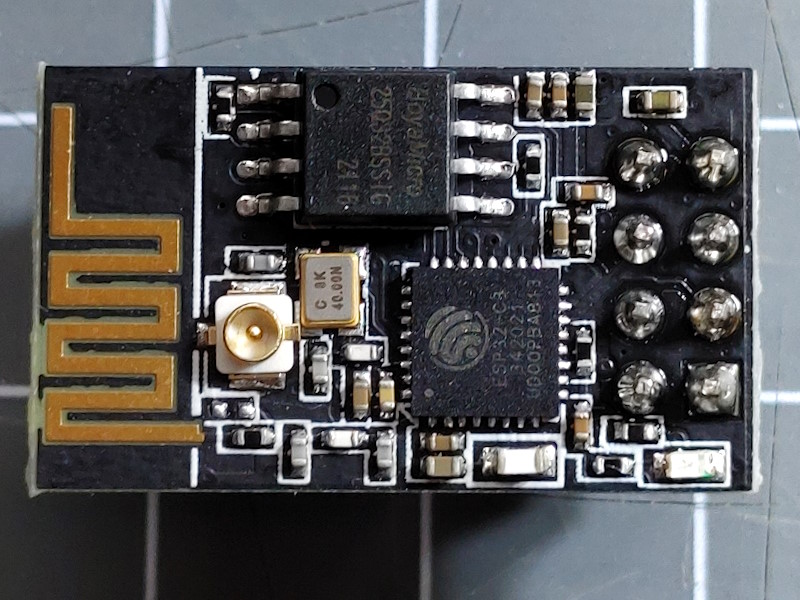
Board ESP32-C3 ESP-01
The ESP32-C3 processor is now also available in a ESP01 form factor board including 4MByte flash and an external antenna connector.
Devices based on Esp8266
ESP8266 is also used as CPU in various retail devices like sockets and switches but also WiFi lights.
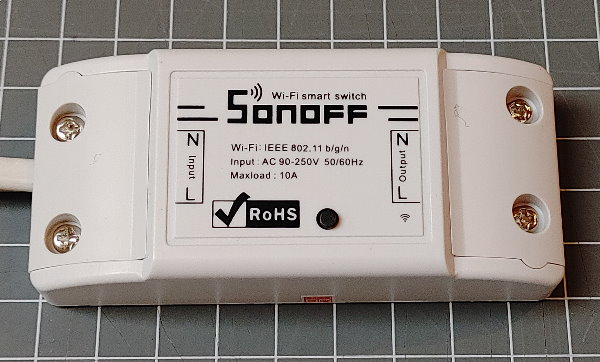
Sonoff Basic (R1)
The Sonoff Basic is a off-the-shelf smart relay to switch main power consumers. It is using the ESP8266 CPU and 1 MByte Flash and can be used with the Minimal Example.
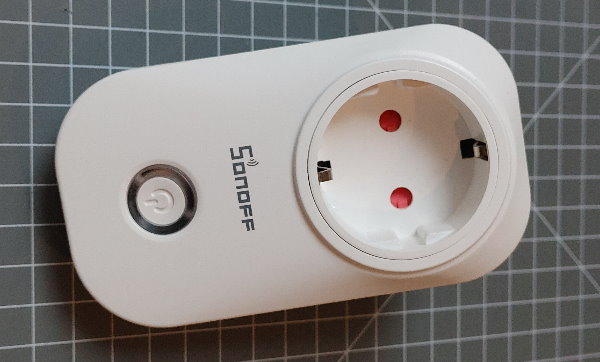
Sonoff S20
The Sonoff S20 is a smart socket off-the-shelf product to switch main power consumers. It is using the ESP8266 CPU and 1 MByte Flash and can be used with the Minimal Example.

Retail Plug and Socket Devices
There are many devices on the market that use the ESP8266 chip to switch main power by internal relays. Some of them also support monitoring the power consumption. The Minimal Sketch supports these use cases.

Bulb Devices
Bulb devices using the ESP8266 chip are supported by the minimal sketch and can be controlled by the color and switch elements.
Bare ESP-12 boards
These boards help implementing things using the ESP-12 boards directly. When used alone an external power supply and some minimal wiring is required.

Esp-12 development board
This is an adapter board that can be used to flash ESP-12 modules before adding them to a device. This solution is especially helpful for creating devices that run on battery or low power conditions and therefore do not need USB chips.
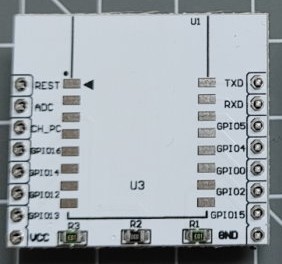
White Adapter board for ESP8266
This ‘white’ adapter board helps soldering ESP-12 of similar boards in regular breadboards and prototype boards. The signals are straight forward routed from the board to the connectors with some exceptions only:
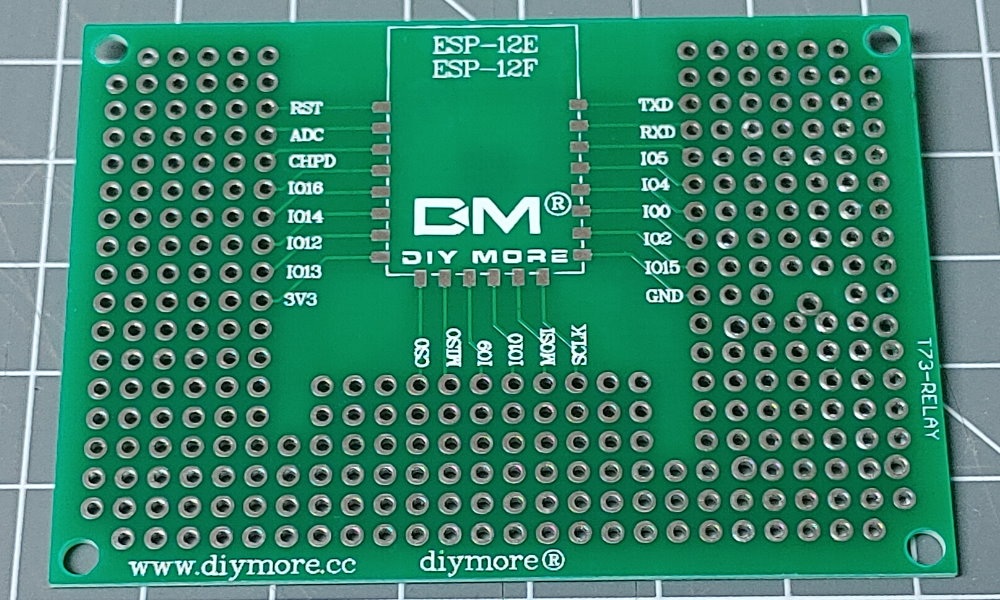
ESP-12 Adapter
This adapter for the ESP-12 type boards is including space for soldering components.
ESP-12 module types
ON the ESP-12 with 4 GByte Flash the standard example can be uploaded by providing most of the elements and display adapters out of the box.
The ESP-12 format is a common format but there are different sub-versions available. The all use the ESP8266 SoC but flash size and available pins differ:
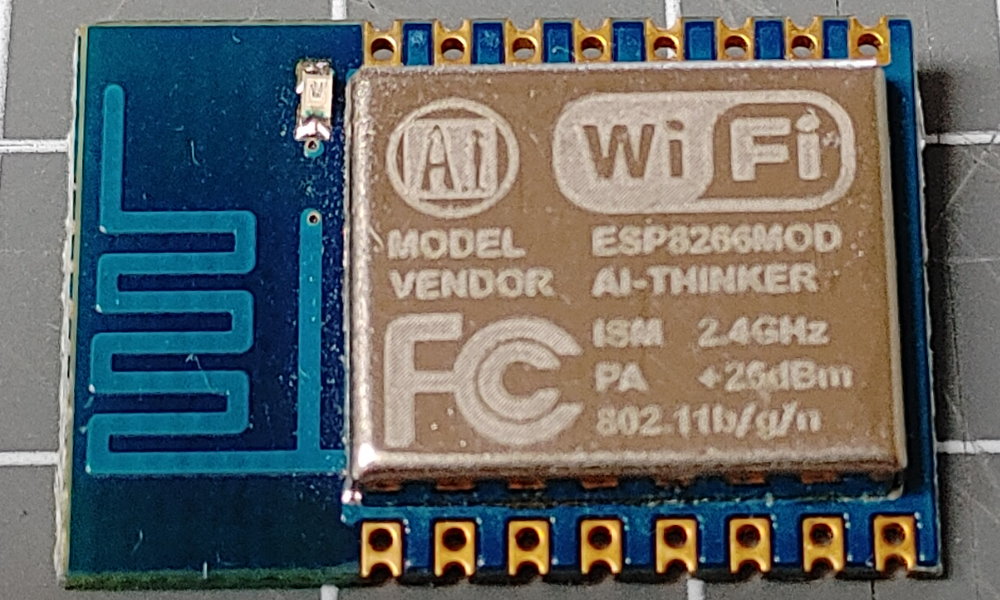
ESP-12e Module
The ESP-12 (old) and ESP-12E modules offer 8+8 pins at the sides with most of the interesting pins from the ESP8266 SoC chips. They are manufactured by different vendors.
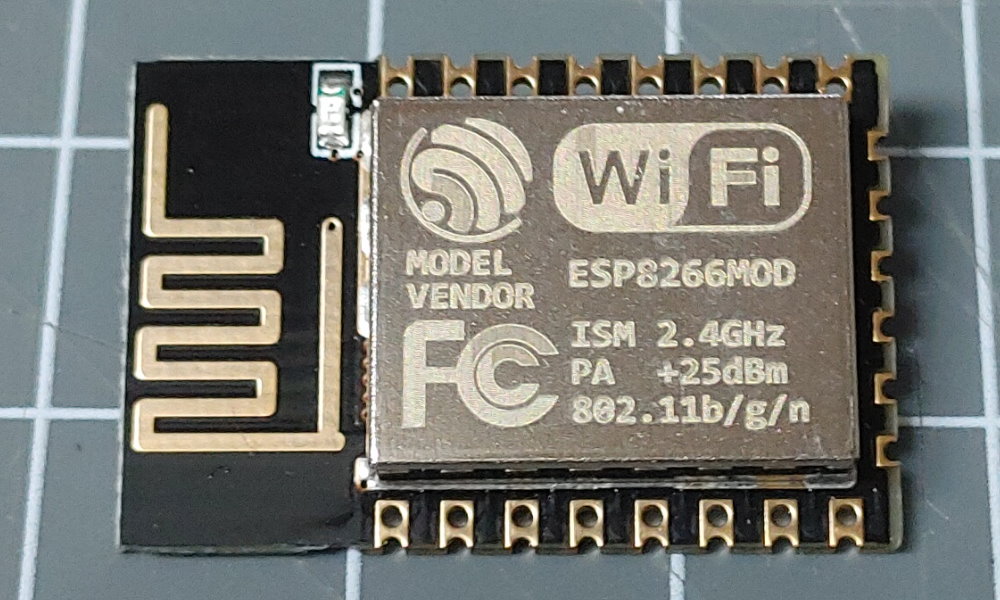
ESP-12f Module
On the ESP-12F, in addition to the ESP-12E some more pins are available on the “bottom” side that are th signals to the FLASH memory. They are not of much use in most scenarios but in the case you want to add some SPI RAM.

ESP-12s Module
The ESP-12S is an optimized version from esp-12f with a better antenna signal. FLASH SPI signals are not available.
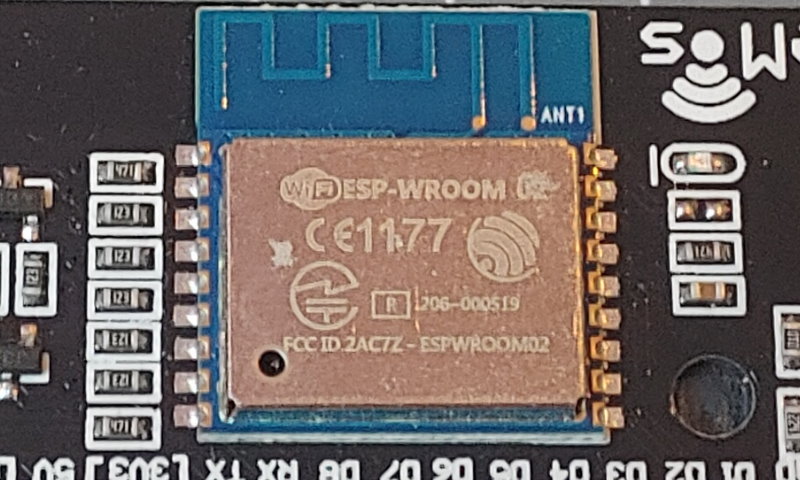
ESP-WROOM Module
The ESP-WROOM-02 is not strictly the same form factor this module is directly made by espressif as a reference implementation. The SPI Flash has only 2 MByte. I found it mounted on a wider board including battery based power management.
Esp8266 boards with 1 MByte flash memory
There are some boards around that only provide 1 MByte flash memory. This is often sufficient for simple devices that offer small amounts of functionality. The SOC and processor itself offer the full features but connectivity on the pins is also reduced.
Applicable Examples
The minimal example can be flashed onto these boards by providing the typical switch elements and most core elements but no sensor and display adapters. The functionality will be activated through the configuration.
Boards
The following are boards and solutions with 1 MBytes flash memory chips.
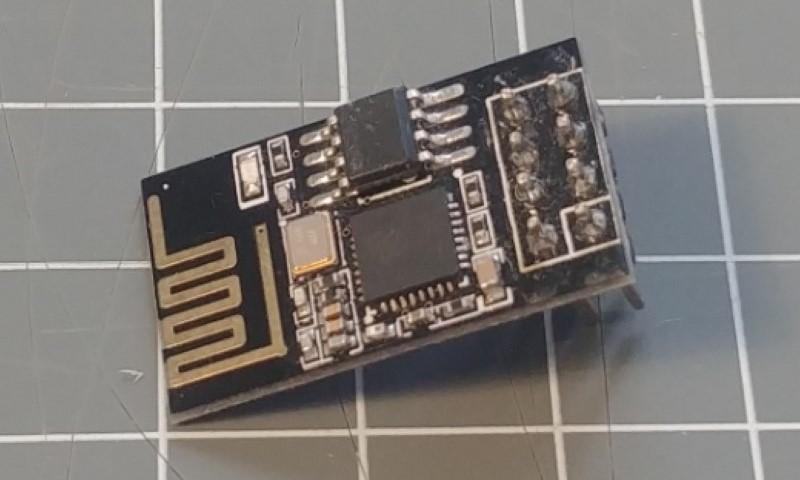
Board ESP8266 ESP-01
The ESP-01 is the cheapest bare minimum ESP8266 board available. The connector only supports few GPIO pins but it is small and enough for simple sensors and relay appliances. Only 2-4 GPIO signals can be used. There are variants of this board with different antenna and different flash sizes.
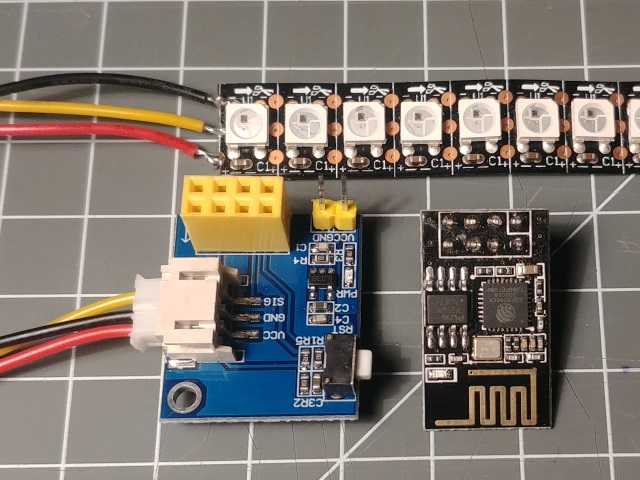
Neopixel board for ESP-01
The neo board is a very specific adapter to drive a Neopixel based stripe, wheel or array using a ESP-01 board. The ESP-01 boards are available with ESP8266 and ESP32-C3 chips.
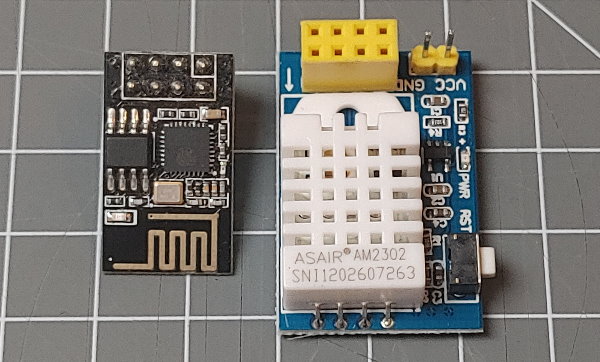
ESP-01board with DHT22
This little board is a very specific adapter that has a DHT22 sensor and power regulator for a ESP-01 module.
ESP8285 based boards
The ESP8285 was released in 2016 as a cheaper replacement for ESp8266 with an internal Flash Ram chip.
ESP8285 = ESP8266 + 1M Flash in the same chip.
Comments
The lack of the metal housing of the high frequency emitting CPU and bus to the flash chip may be the reason why they don’t have a CE certificate.
Less memory is cheaper. These boards have no difference regarding the CPU and RAM but these boards offer less flash memory, fewer I/O ports and often do not include a USB converter.
Older boards with 512 KByte are still available but should be avoided because OTA probably will not work caused by this small memory size.
The ESP-01 is the cheapest bare minimum ESP8266 board available. The connector only supports few GPIO pins but it is small and enough for simple sensors and relay appliances.
See also
- ESP8266 pins
- https://frightanic.com/iot/comparison-of-esp8266-nodemcu-development-boards/
- https://blog.squix.org/2015/03/esp8266-module-comparison-esp-01-esp-05.html
- https://www.mikrocontroller.net/topic/425242
- http://www.forward.com.au/pfod/ESP8266/GPIOpins/index.html
- https://github.com/esp8266/esp8266-wiki/wiki/Boot-Process
- https://tasmota.github.io/docs/Pinouts